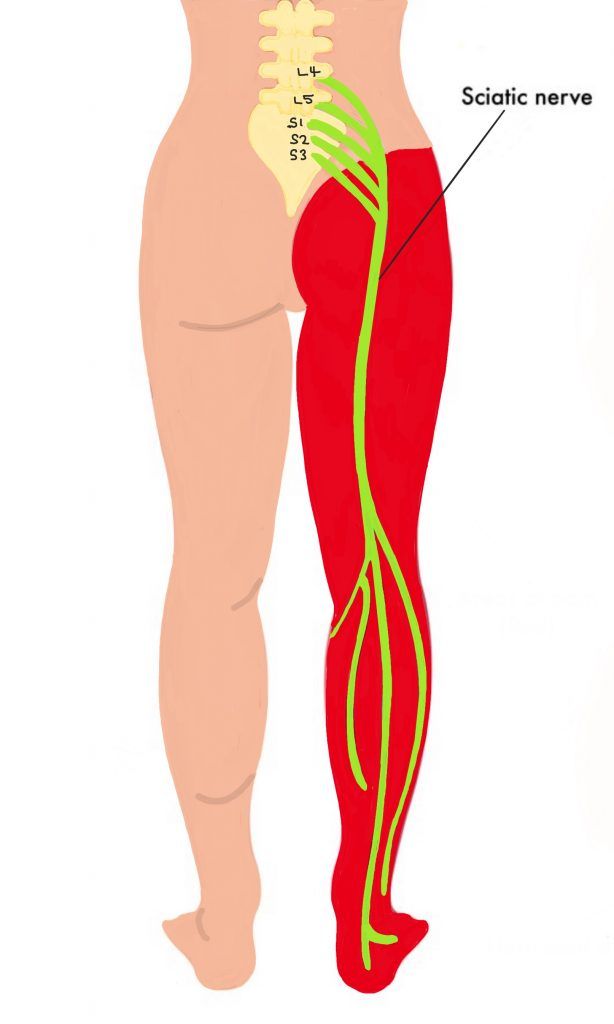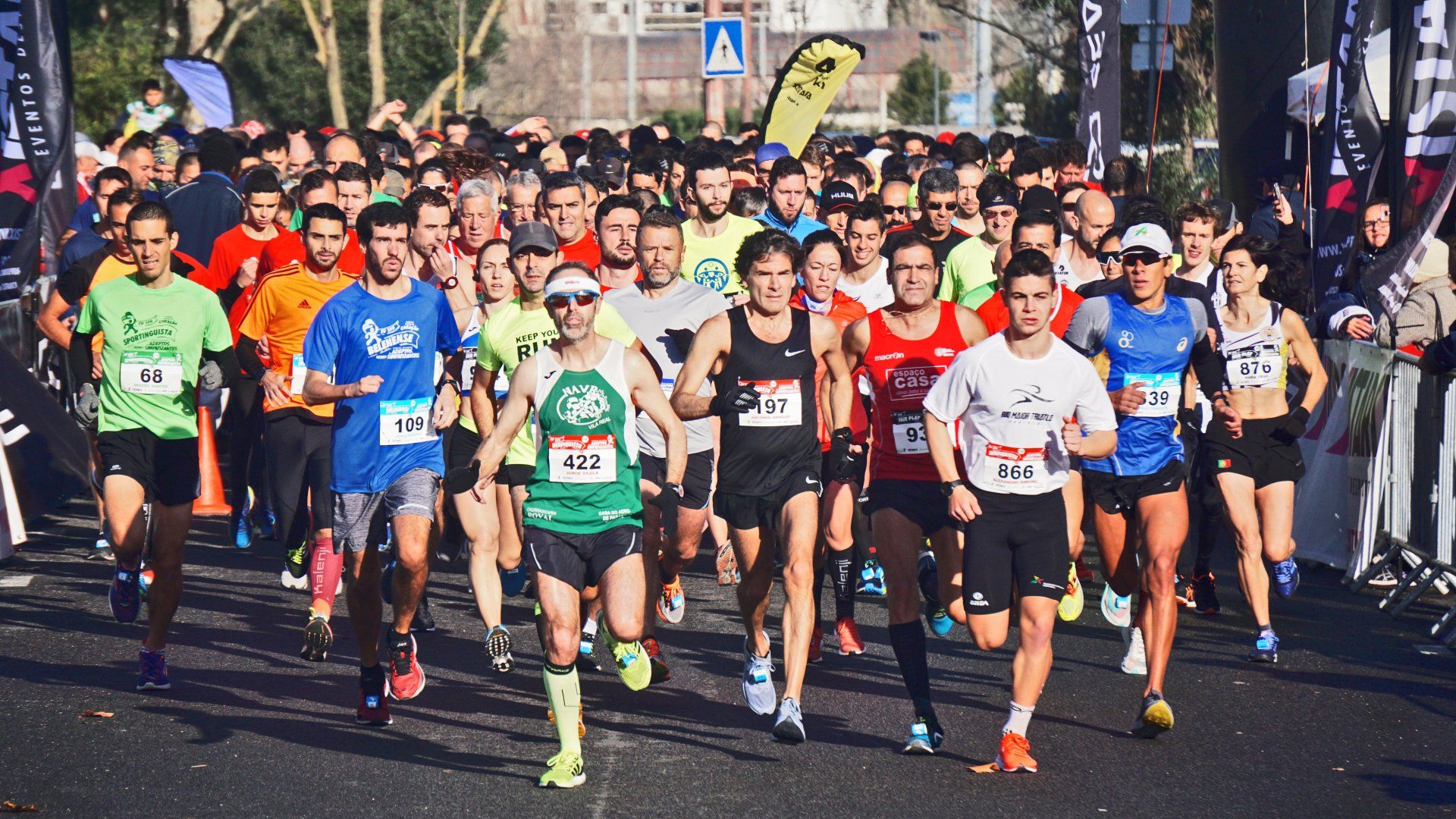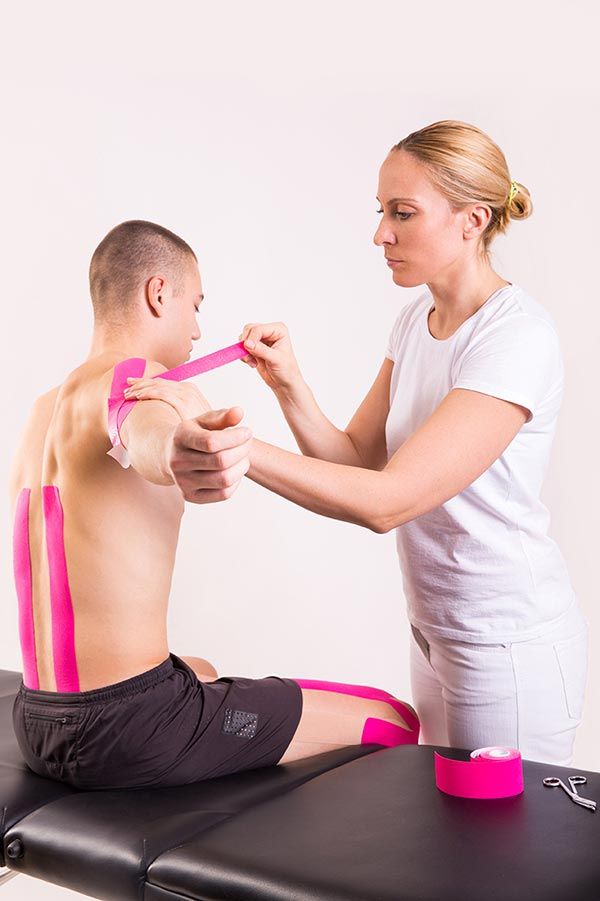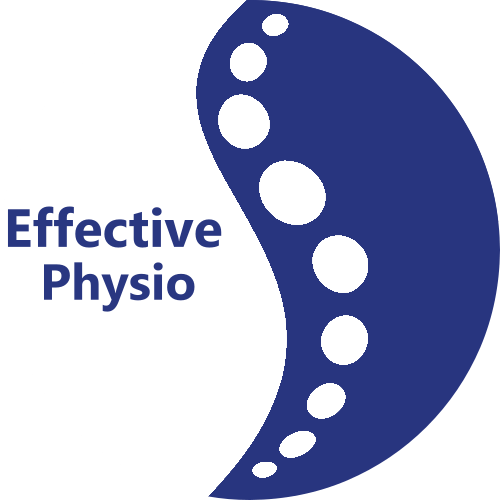What is Sciatica?

What Is Sciatica?
Sciatica is the symptom of pain radiating from the lower back or buttock area to the posterior or outer side of the leg down to the feet and even the big toe. The sciatic nerve becomes irritated or compressed at some point along its course.
Common Symptoms include:
- Pain in the buttocks, back of the leg, foot, and toes. The distance the pain travels down the leg is an indication of the severity of the compression or irritation of the nerve.
- The pain may feel like stabbing, burning, or shooting.
- Tingling sensations (like pins and needles) or numbness.
- Weakness in the affected leg.
- Pain worsens with movements in certain directions. Other movements may ease the pain.
- Back pain may or may not accompany sciatica.
Causes of Sciatica:
- Bulging Discs (Herniated Disc): A bulging or herniated disc compresses the sciatic nerve.
- Inflammation / scar tissue of soft tissues such as ligaments around facet joints (the wing joints either side of the disc joint at each level of your spine) or the pelvic joint may ‘tether’ the nerve and prevent it gliding through the tissues smoothly causing the nerve (the structure telling your brain there is pain) to be irritated.
- Piriformis Syndrome: Tightness or spasm of the piriformis muscle deep in the buttock area.
- Lumbar Spinal Stenosis: Narrowing of the spinal canal, putting pressure on the nerve.
- Spondylolisthesis: Vertebrae slipping out of alignment.
- Pregnancy: Pressure on the sciatic nerve due to changes in the body during pregnancy.
How Can Physiotherapy Help?
The physiotherapist will assess you to find out what is compressing or irritating the sciatic nerve and tailor treatment according to the findings.
- Exercise Prescription:
- A physiotherapist will design a personalized exercise program.
- Strengthening exercises for core muscles to control any movements that are ‘giving’ and therefore putting strain on the tissues.
- Stretching exercises to improve flexibility, minimise stiffness and reduce nerve compression / tethering. These exercises are often the ones that give ‘first aid’ pain relief.
- Exercises to glide the nerves to reduce tethering and therefore pain.
- Manual Therapy:
- Techniques like joint mobilization and soft tissue techniques to help the sciatic nerve move freely within its structures.
- Acupuncture may also be used.
- Posture Correction:
- Proper posture during sitting, standing, and lifting.
- Avoiding prolonged sitting.
- Self-Care Tips:
- Heat Packs: Apply heat to your lower back.
- Cushioning: Use a small, firm cushion between your knees while sleeping on your side.
- Gentle Exercise: Start moving as soon as possible, for example, with short, gentle walks gradually increasing the distance.
- Pharmaceutical Support: Consult a pharmacist for suitable painkillers.
- When to Seek Medical Attention:
- Severe pain or worsening symptoms.
- Weakness or numbness in both legs.
- Numbness around genitals or difficulty urinating.
- Loss of bowel or bladder control.
Remember, early intervention and appropriate management can significantly improve sciatica. If you experience sciatica, consult a physiotherapist if symptoms do not improve with home treatments within 1 to 2 weeks.
Physiotherapy for back pain and sciatica is available privately at EffectivePhysio. Call 07719987520.
EffectivePhysio Blog




